How to plant bulbs - the proper technique for planting spring bulbs in borders and containers
Make sure you're garden is bursting with colour come spring by following this step-by-step
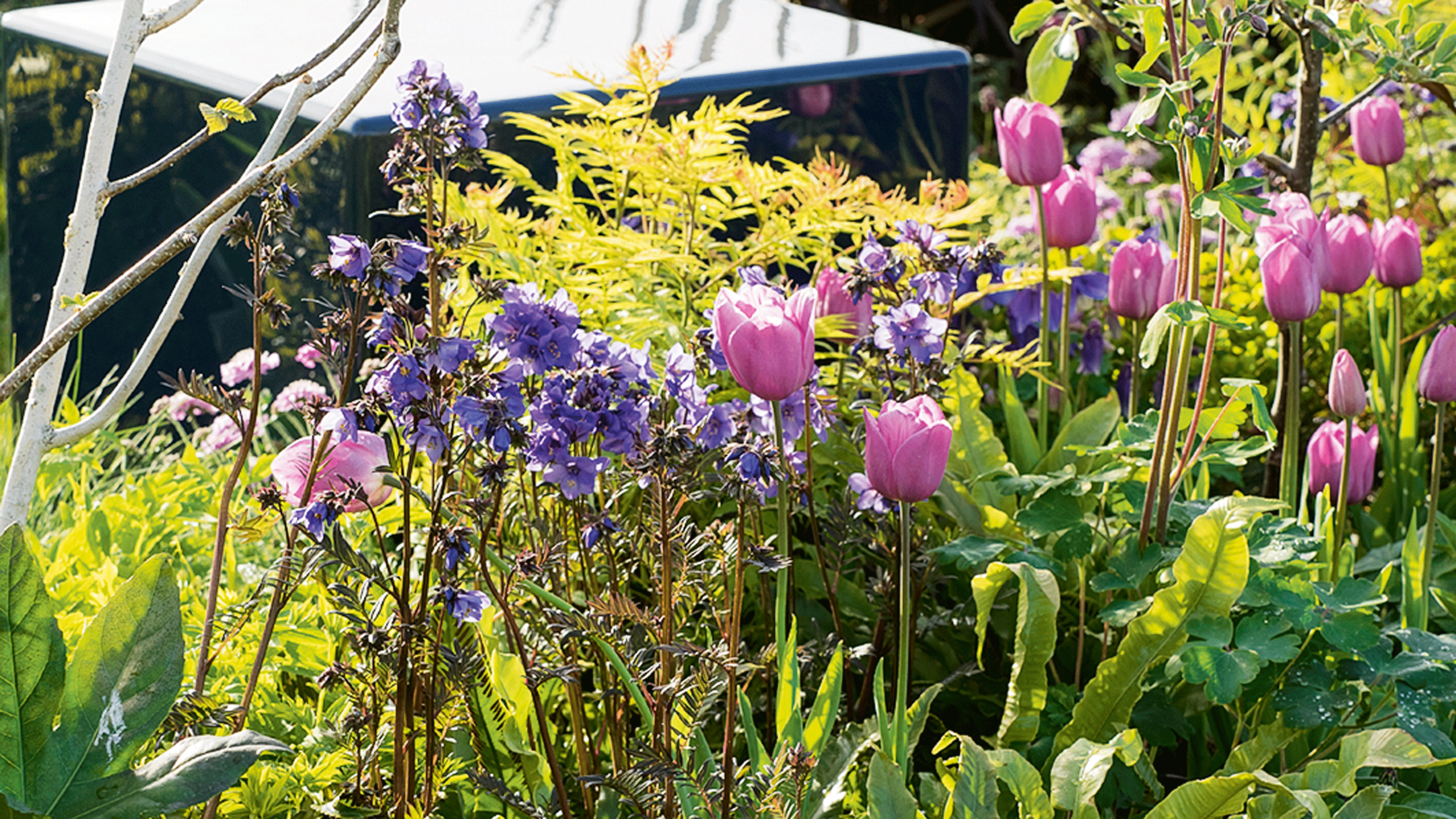

At this time of year gardening might be the last thing on your mind, but now is the best time to learn how to plant bulbs ready for them to bloom in spring.
Now is when to plant spring bulbs in your garden, but it takes a little bit of mastering so your blooms come up just as you imagined. This is where our expert guide comes in, packed with advice.
'Spring-flowering bulbs are some of the easiest bulbs to grow and autumn is the perfect window to plant them,' says Julian Palphramand, head of plants at British Garden Centres. 'Tulips are one of the most popular bulbs for containers, with plenty of colourful blooms to choose from. We also recommend hyacinths, narcissus, crocus and muscari as ideal for beginners as they are easy to grow and extremely versatile, coming back year after year.'
Planting bulbs in drifts across garden border ideas, naturalising in lawns and cramming them into container garden ideas for maximum impact in a small space are all tried and tested ways to produce a stunning display.
How to plant bulbs
Knowing the best tips and tricks to plant bulbs will guarantee your garden looks blooming brilliant, whatever the time of year.
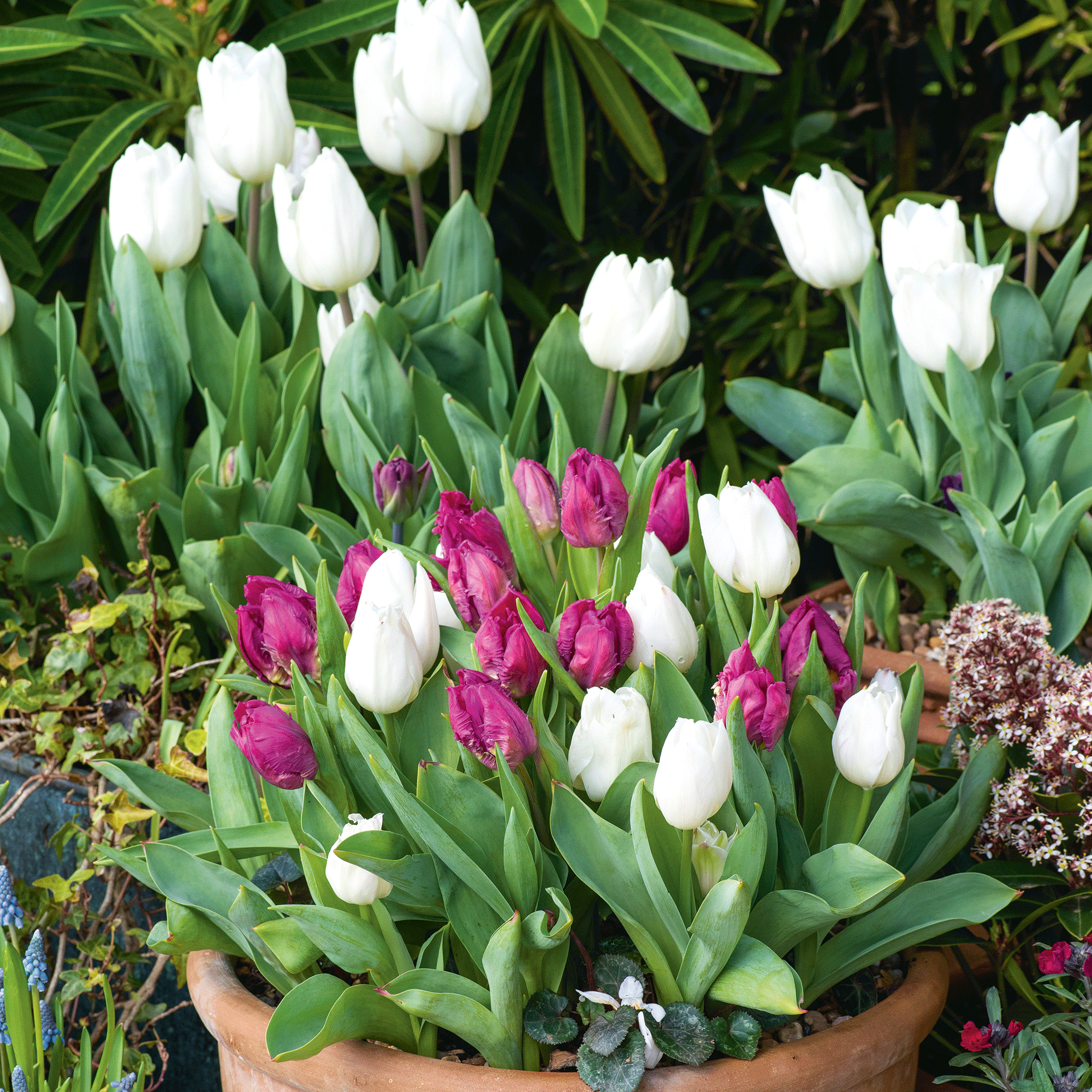
What you will need
There are a few essentials you’ll need to make your bulb planting go smoothly:
- Bulb planter – this is either a small hand tool or a larger tool like a spade, designed to create easy holes to pop your bulbs into, like this Spear and Jackson Long Handled Bulb Planter, £24.95, C.P.C. Farnell Or you could use a sharp, long multi-purpose trowel, Wilkinson Sword Steel Hand Trowel, £11, Amazon
- Peat-free multi-purpose compost – this is to pop into the holes you make before you add each bulb. It will deliver nutrients, and help the bulb to ‘settle’ and produce strong roots. B&Q GoodHome Peat-free Multi-purpose Compost 50L, £6, B&Q is a good option
- Horticultural grit – good to improve drainage for bulbs in containers, like this Homebase horticultural grit, 5kg for £2.50
How to plant bulbs in borders
If you're planting your bulbs in borders Maisie State, in-house planting specialist at Longacres garden centres shared this simple step-by-step process with us.
1. Dig a hole
Your holes need to be dug to a depth of two or three times the size of your bulb. So, for example, if your bulb is two inches long, dig your hole up to six inches deep.
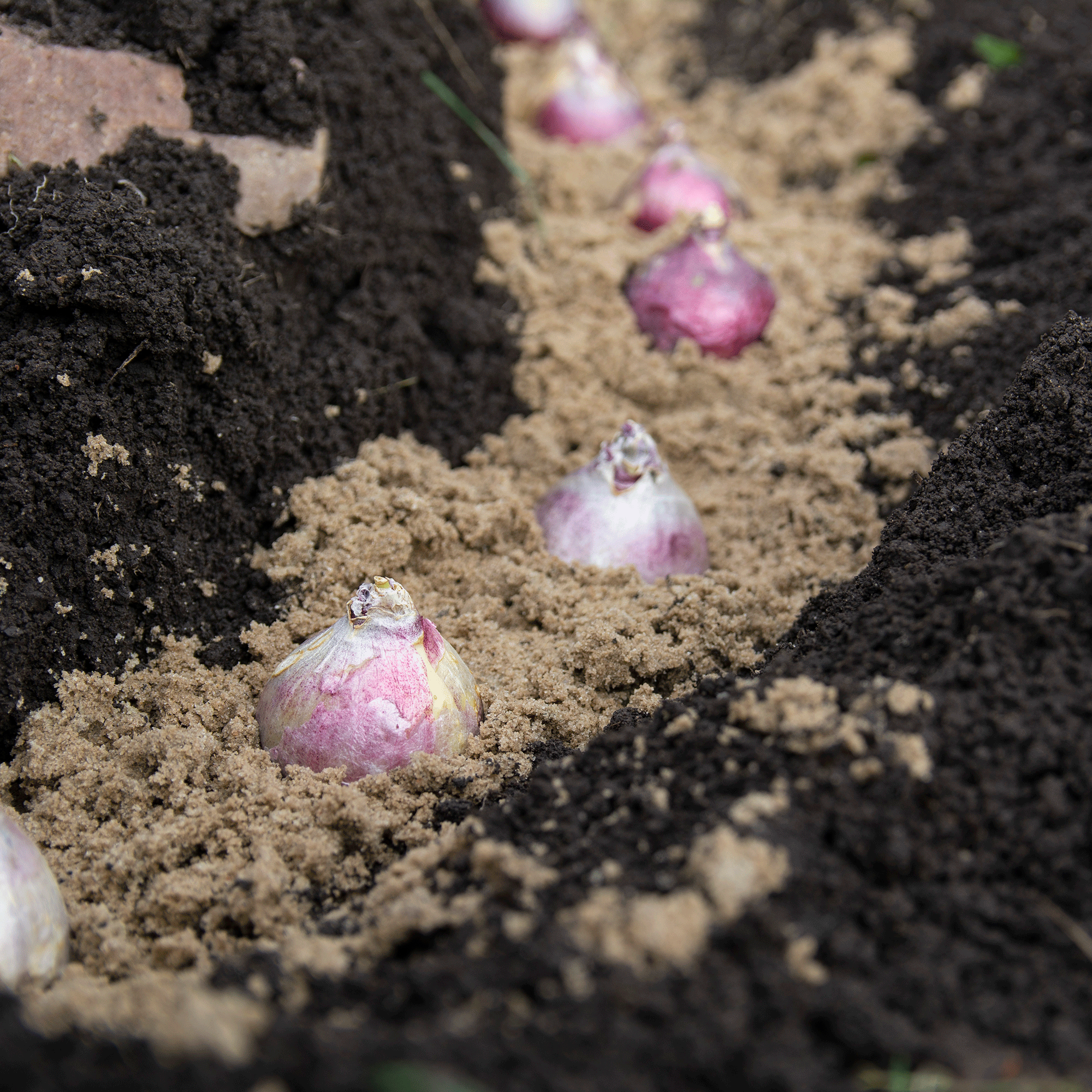
2. Pop in a bulb
Place your bulb into the bottom of the hole, always with the shoot facing upwards. You need the bulb to settle well into the ground, so the roots can develop strongly. To avoid waterlogging bulbs - which leads to rot - TV gardening expert David Dolomoney recommends this ‘lightbulb’ trick. Remember to space groups of bulbs at least a bulb width apart from each other, so they have space to grow. If you want spring bulbs that come back every year, planting them correctly is key.
3. Fill the hole
Add a small amount of compost – I like to use John Innes No 2 - to the hole, and carefully backfill the hole with the remaining soil. Avoid pressing the surrounding soil too firmly as this may damage the bulb.
4. Give them a drink
Then once all your bulbs are planted, water well. Julian likes to dig in plenty of organic matter around his border bulbs.
When planning where to position your bulbs in a border he recommends: 'Place smaller flowering bulbs like crocus and muscari at the front of your border and plant taller varieties like tulips, and alliums at the back.'
How to plant bulbs in containers
Planting bulbs in containers is very similar to planting them in borders as outlined above. You can follow the same steps above, but instead, there are two keep differences. According to Maisie State, the main one is that you'll need to add grit.
When you’re filling the holes for your container-planted bulbs, bring in a little bit of horticultural grit. By adding in grit, you ensure the bulb has optimum drainage to create the perfect growing environment. This is essential when planting in pots so they don't get waterlogged.
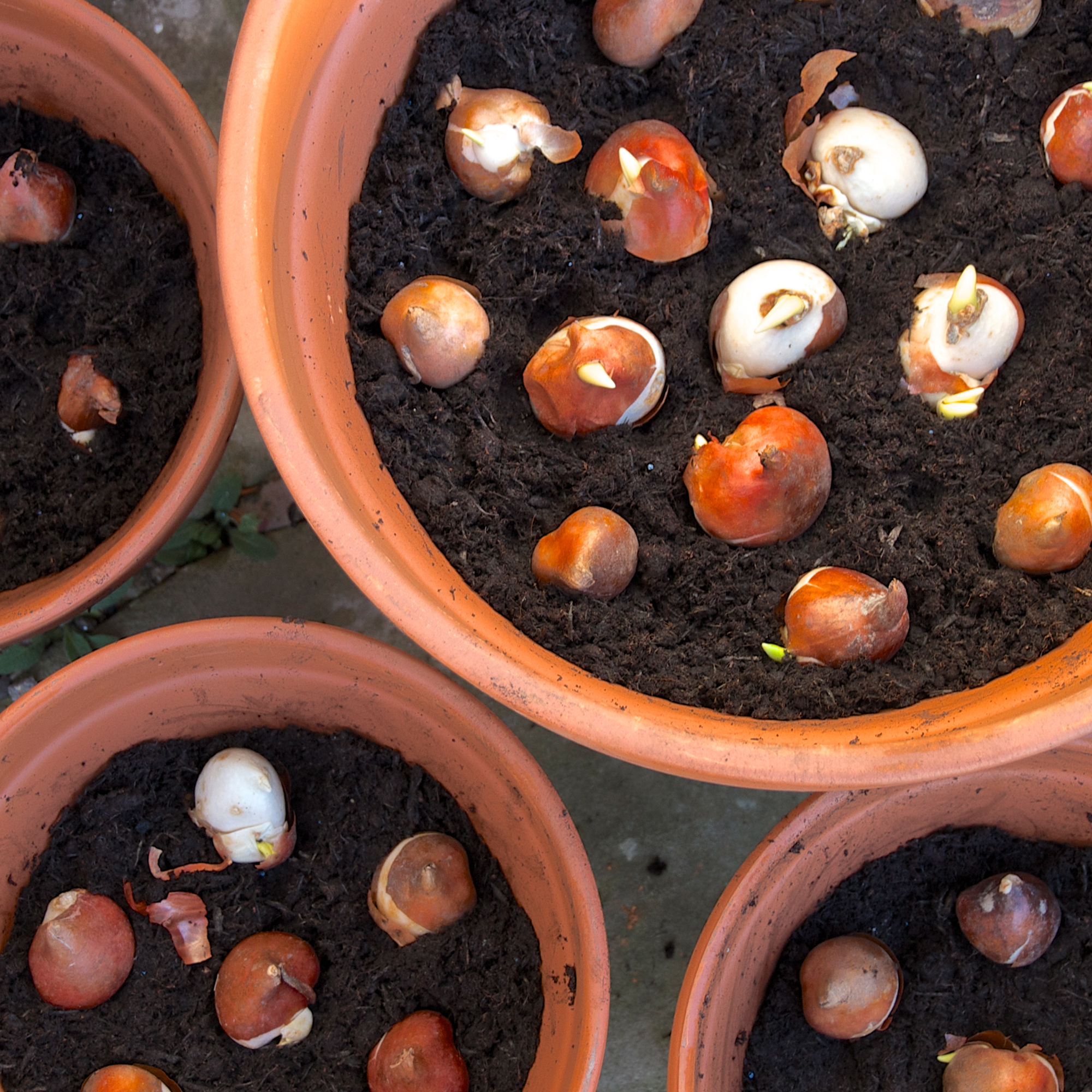
Secondly, when planning the planting you can opt to plant them in a bulb lasagne to allow for a continuous flow of flowers. You plant the largest and latest blooming bulbs at the bottom and the smallest and earliest flowering bulbs at the top. However, you will need to plant them further apart than if you were planting one layer, around 11 to 12 inches apart as recommended by Sarah Raven.
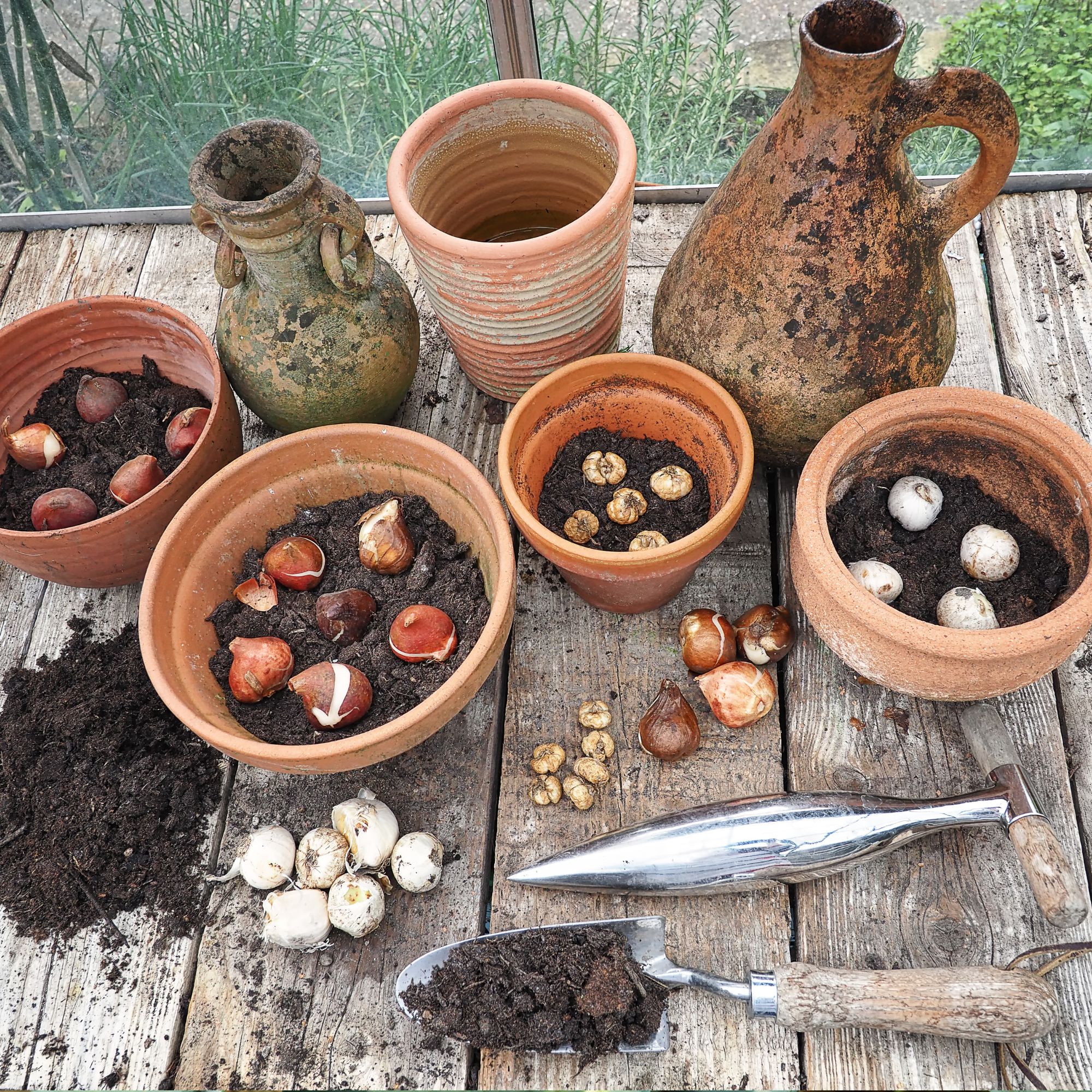
FAQs
Do all bulbs need to be soaked before planting?
Should spring bulbs be soaked before planting? It's the question that divides gardeners, but it all comes down to the type of bulb you're growing.
'I tend not to soak most of my bulbs before planting,' says gardener Sarah Raven. 'It’s bound to rain at some point, so I’d suggest just giving them good water once planted. If, however, there is a prolonged dry spell, don’t forget to water to allow your bulbs to thrive.'
However, Sarah does add that she would always soak Anemone nemorosa roots – 'it definitely makes for stronger and more abundant plants.'
What time of year do you plant bulbs?
Which bulbs to plant when depends if you’re planting spring or summer-flowering bulbs.
Sarah says she always plants her spring bulbs when the temperature has dropped in late October and November, before the first frosts set in: 'Planting later in the year in the cooler weather is a tried and tested method for protecting the bulbs from nasty viral and fungal diseases that lurk in the soil.'
Summer bulbs, according to Maisie, should be put in the ground and containers from late February to April. 'Remembering of course that the sooner you plant them, the sooner they will flower.'
You best start acting fast if you don't want to miss out on your spring blooms this year.
Get the Ideal Home Newsletter
Sign up to our newsletter for style and decor inspiration, house makeovers, project advice and more.

Jayne Dowle is an award-winning freelance gardening, homes and property writer who writes about everything from swimming ponds to skyscraper apartments, for publications including Sunday Times Home, Times Bricks & Mortar, Grand Designs, House Beautiful and The Spectator. Awarded the Garden Journalist of the Year accolade at the Property Press Awards in 2021, she has a degree in English Language and Literature from the University of Oxford and a lifelong love of homes, interiors and gardens.
-
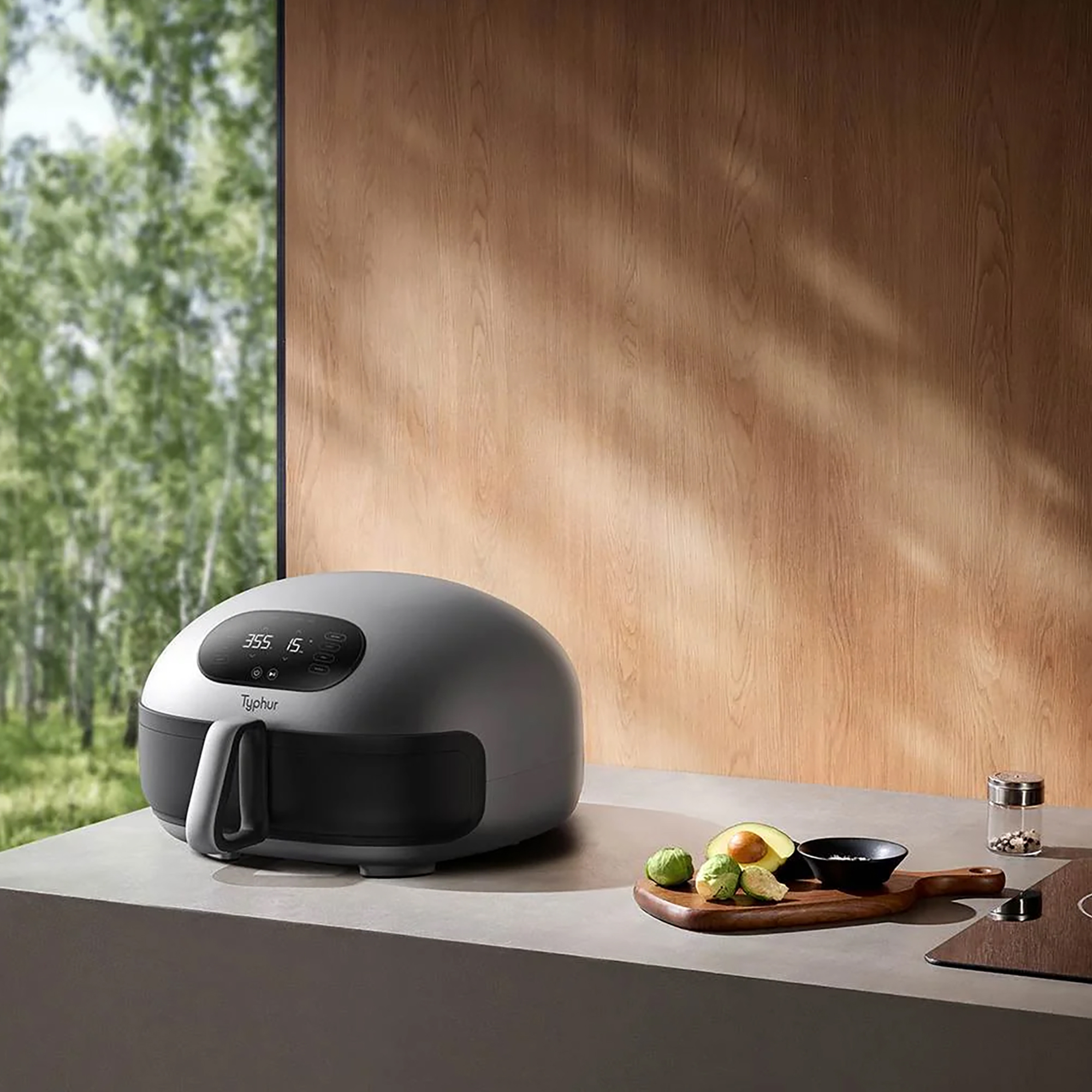 Typhur Dome 2 air fryer review – a glimpse into the future of air frying
Typhur Dome 2 air fryer review – a glimpse into the future of air fryingThe Typhur Dome 2 cooks food brilliantly and has all sorts of benefits, but is it worth the £499 price tag?
By Ellen Manning
-
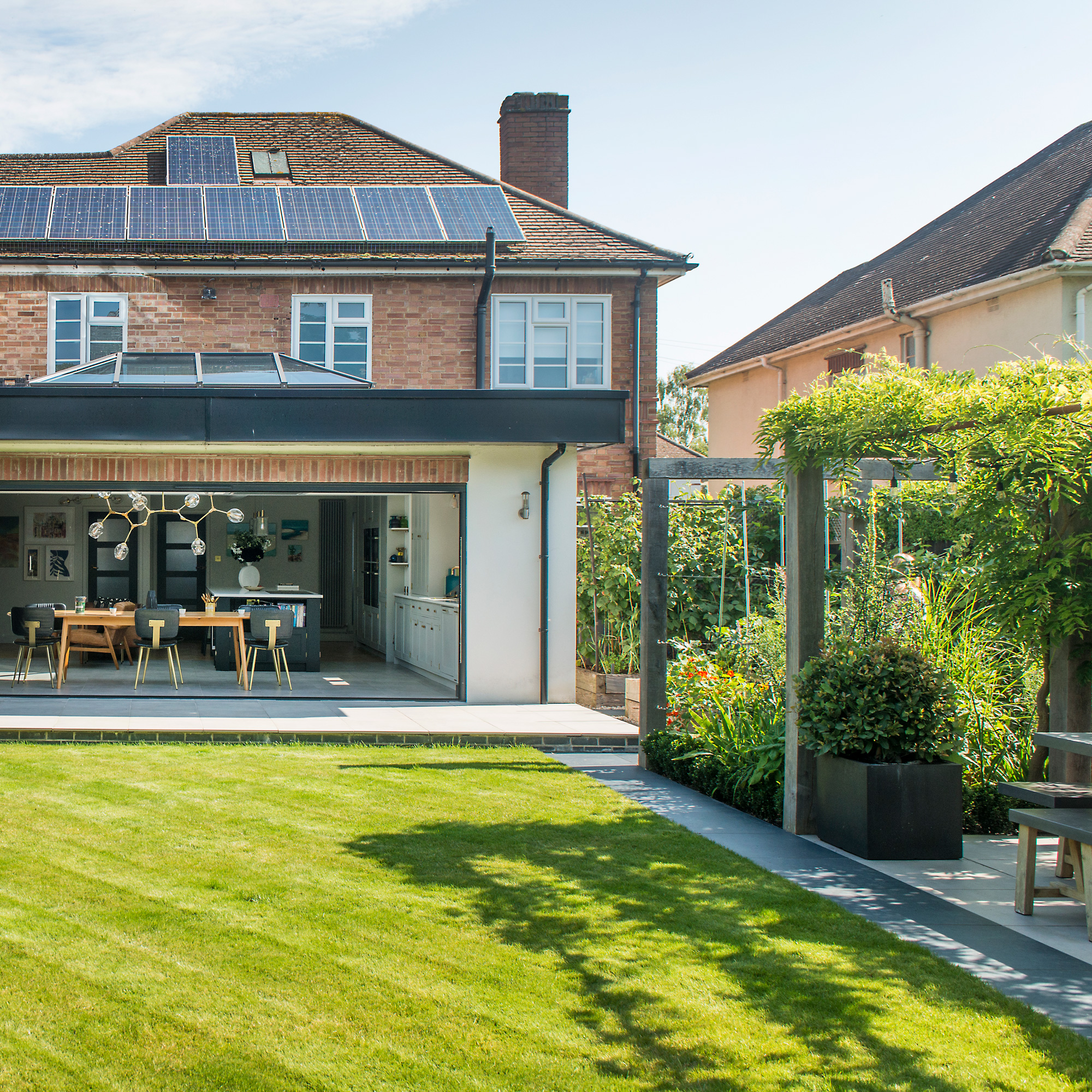 In creating their lush multi-use garden, the owners have cleverly futureproofed the space for years to come
In creating their lush multi-use garden, the owners have cleverly futureproofed the space for years to comeWith a zone for dining, a veg plot, a relaxing sun trap, and space for quiet contemplation
By Ginevra Benedetti
-
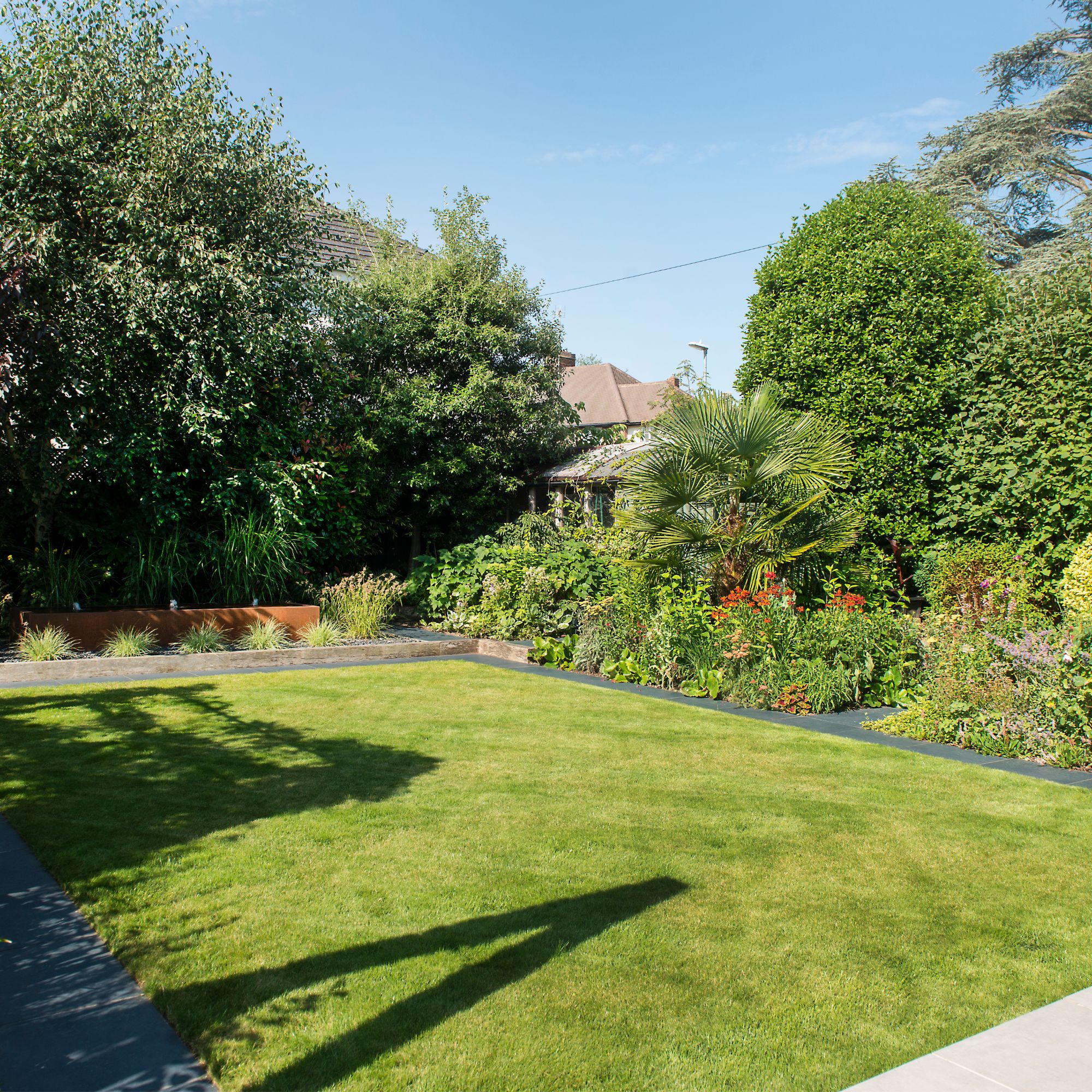 5 reasons why your grass seed isn’t growing and what you can do to help, according to garden experts
5 reasons why your grass seed isn’t growing and what you can do to help, according to garden expertsFor a lush, green lawn, you have to ensure the conditions are just right
By Kezia Reynolds